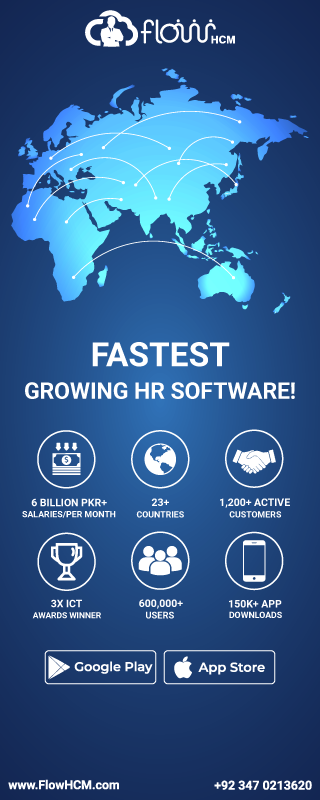1. Inaccurate Employee Records = Costly Mistakes
A single outdated contact or wrong date can trigger payroll errors, miscommunication, or even compliance issues. Imagine sending tax forms to an old address—it’s not just inconvenient, it’s risky.
Quick Tip: Regularly consolidate employee records to ensure accuracy across all HR functions.
2. Compliance Nightmares
Fragmented HR data makes audits stressful. Missing documentation or inconsistent records can easily lead to fines or legal penalties.
Mini Insight: A centralized Employee Management system reduces legal risks and simplifies reporting.
3. Slower Teams, Frustrated Employees
HR teams spend hours chasing approvals or reconciling scattered data. Delayed leave approvals or onboarding processes frustrate employees and slow productivity.
Pro Tip: Streamline processes with a single source of truth to save time and improve morale.
4. Lost Insights on Performance
Disconnected information hides trends and patterns. High-performing employees may go unnoticed, while skill gaps remain unaddressed.
Insight Box: Integrated performance tracking empowers managers to identify talent, reward excellence, and plan targeted training.
5. Payroll & Expense Headaches
Manual data handling often leads to payroll mistakes or delayed reimbursements, which can frustrate employees and cost organizations money. For more tips on streamlining reimbursements, see our guide on expense reimbursements.
6. Poor Strategic Decisions
Scattered HR data makes workforce planning guesswork. Without a complete picture, decisions about hiring, promotions, or training may be flawed.
Think About It: Strategic decisions are only as good as the data they’re based on.
7. Employee Frustration & Turnover
Errors, delays, and confusion wear down employee trust. Over time, dissatisfaction grows, increasing turnover and harming workplace culture.
Bottom Line: Happy, informed employees are productive employees.
Turning Chaos Into Clarity
Scattered HR information isn’t just an operational headache—it’s a strategic risk. Consolidating employee data creates clarity, ensures compliance, and empowers teams to focus on meaningful work.
By identifying these seven risks and taking steps to centralize HR information, organizations can prevent costly errors, improve productivity, and boost employee satisfaction. The shift from fragmented systems to integrated Employee Management isn’t just a technical upgrade—it’s a transformation that drives efficiency and builds a stronger workplace culture.
Next Steps: Audit your current HR data sources, identify gaps, and explore solutions that provide a single, reliable source of truth for all employee information. Small changes today can prevent major risks tomorrow.








